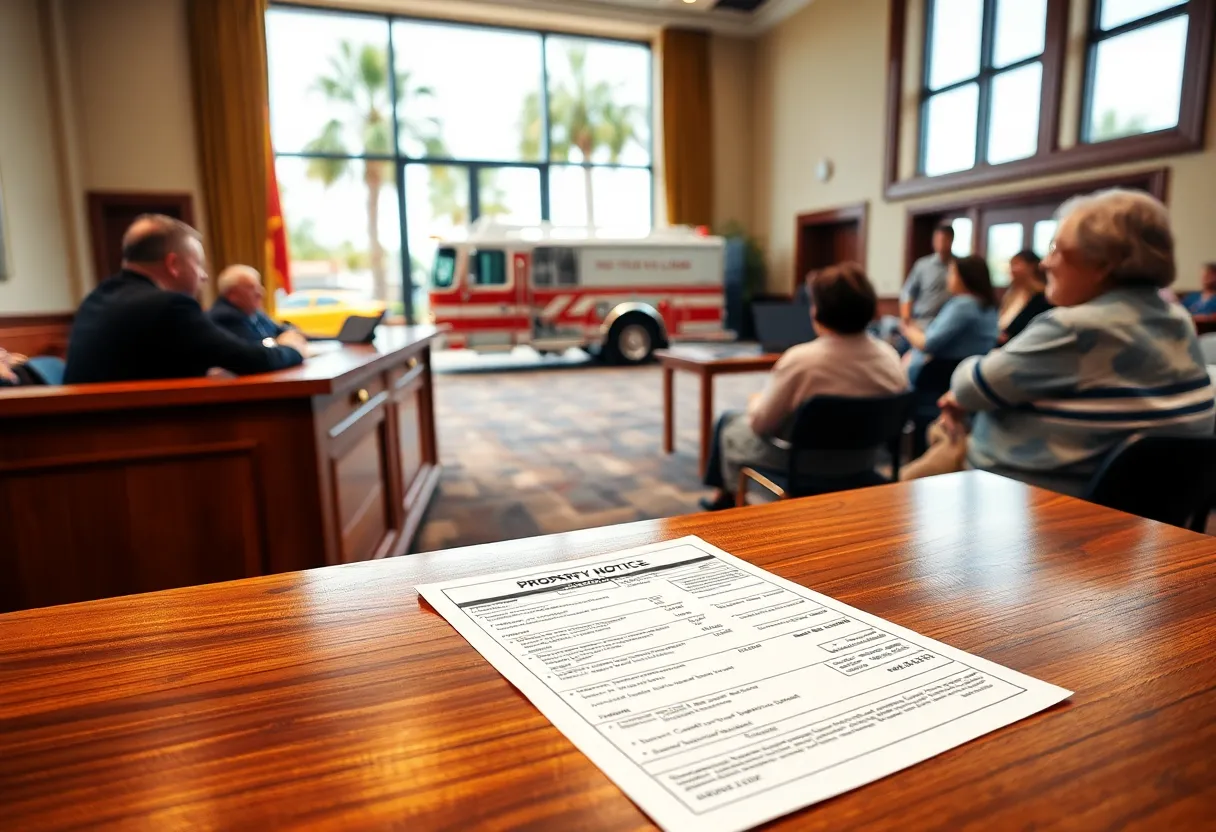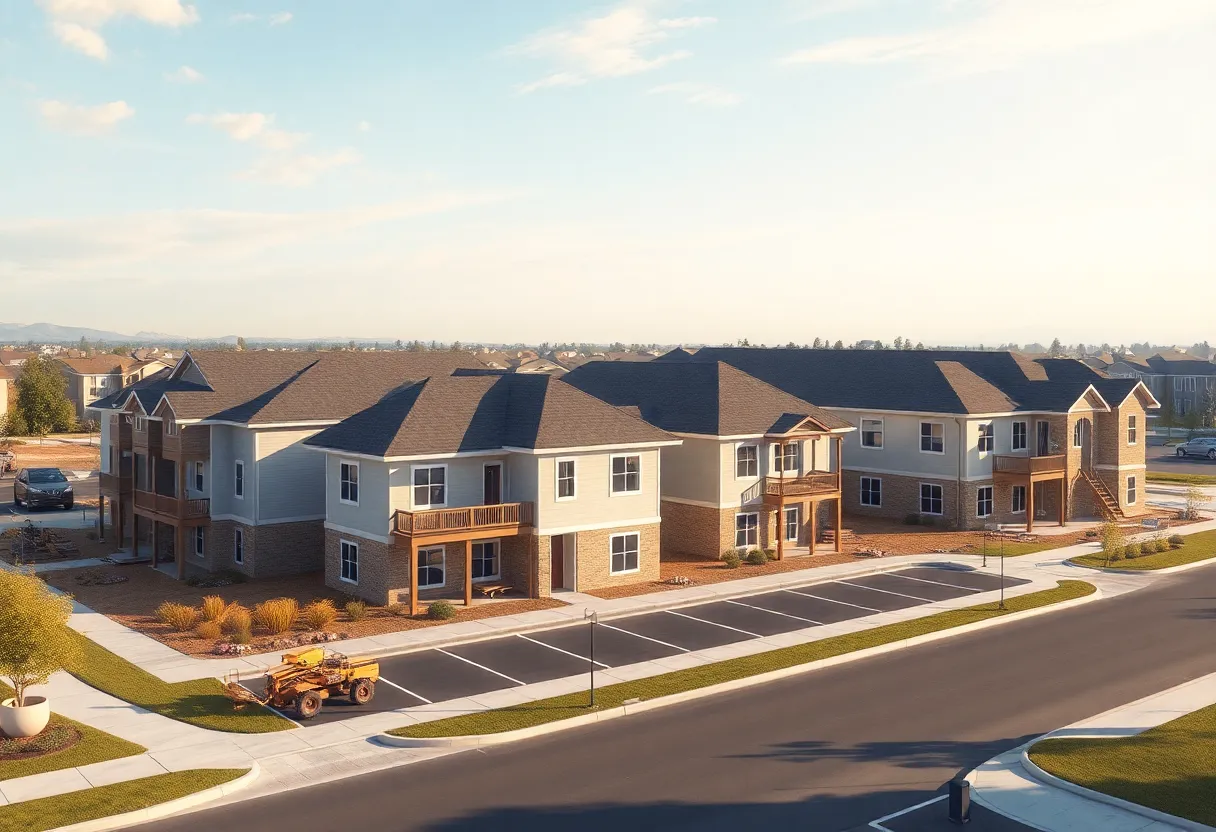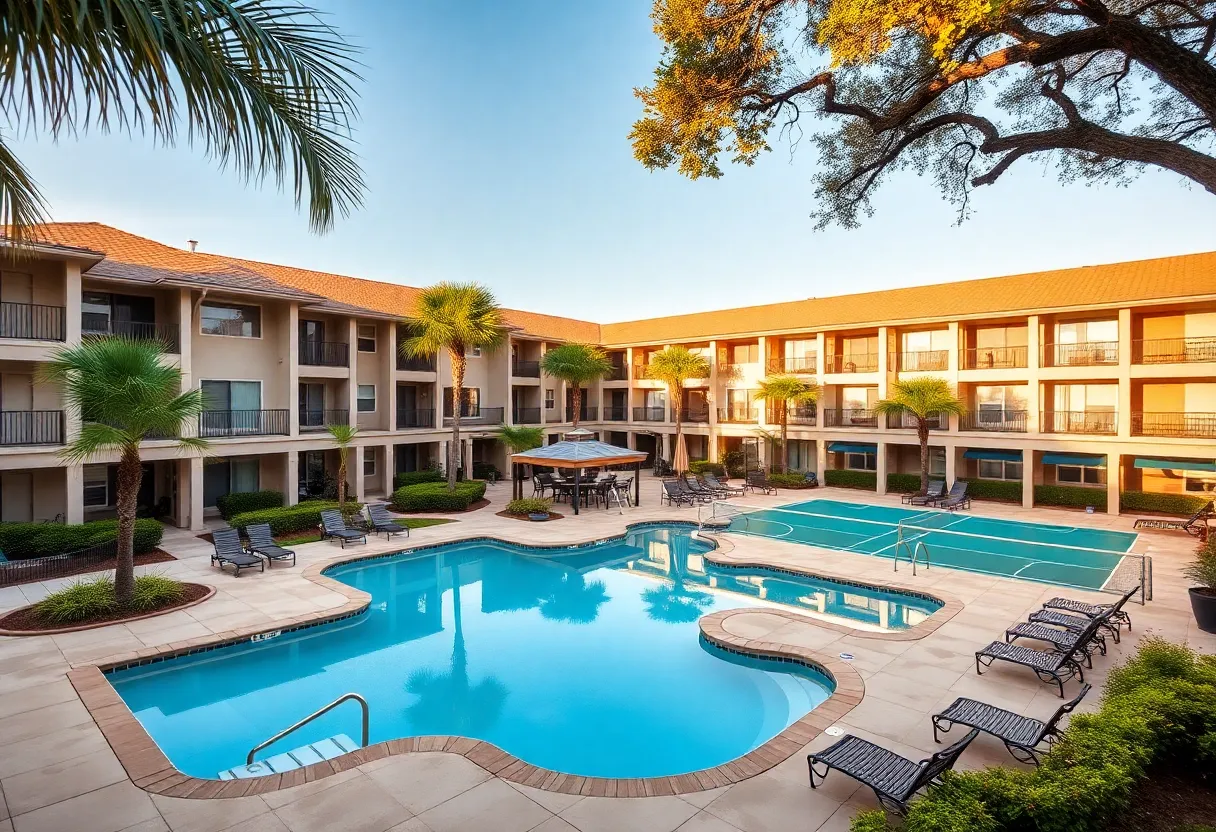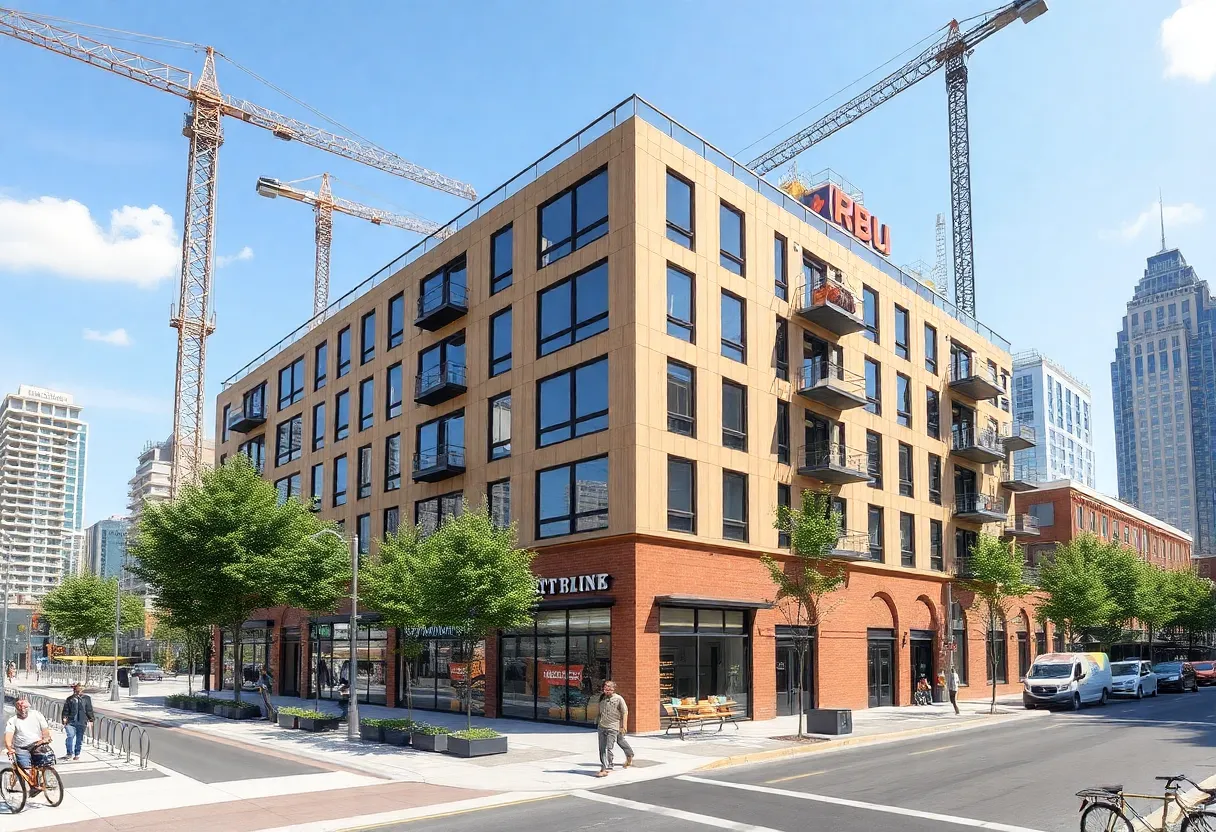Cape Coral, Florida, August 29, 2025
News Summary
Cape Coral city council approved a set of non‑ad valorem assessments to appear on property tax bills, including revised lot‑mowing district rates, a stormwater charge increase to $156, and a move to 81% fire protection cost recovery. The change raises the average single‑family home fire assessment by about $91, with Tier 1 set at $349.32 and Tier 2 charged per EBU at $3.47. Combined rolls are projected to generate roughly $37.7 million. Officials also addressed mandatory utility hookups under the Utilities Extension Project and available financial assistance options amid resident concerns.
Cape Coral Council approves FY2025–26 non‑ad valorem assessments; fire recovery rate rises to 81%
Cape Coral City Council approved a set of non‑ad valorem assessments for Fiscal Year 2025–26 that will appear on property tax bills. The actions include new lot‑mowing rates across four districts, a higher stormwater charge, and an increase in the fire protection cost‑of‑recovery from 70% to 81%. The council also approved assessment rolls covering water, wastewater and irrigation fees, and moves to collect delinquent accounts. Total revenue projected from the approved rolls is $37,703,217.10.
Lot mowing program: what residents will see on bills
The city’s lot‑mowing program applies to unimproved parcels enrolled in the program and includes regular mowing, invasive vegetation removal, pepper tree removal and burrowing owl nest trimming. Vacant parcels will receive 13 mows per year across four districts, running February through December. Rates are based on an equivalent 5,000‑square‑foot lot.
- District 1 (largest district; south of Pine Island Road): $70.48 per equivalent lot (down $15.94 from prior year). A standard parcel (two lots) in District 1 will be $140.96 annually (down $31.88).
- District 2: $48.05 per equivalent lot (up $3.28); standard parcel $96.10 (up $6.56).
- District 3: $51.44 per equivalent lot (up $4.12); standard parcel $102.88 (up $8.24).
- District 4: $44.63 per equivalent lot (up $1.42); standard parcel $89.26 (up $2.84).
City leaders noted debris and vegetation left on vacant lots after hurricanes are not reimbursed by FEMA, and assessment revenue is used for both mowing and debris removal.
Stormwater and other utility assessments
The council approved an annual stormwater assessment of $156, up from $149. Officials said the increase will fund expanded operations and maintenance of stormwater systems. The council also approved assessment rolls for potable water, wastewater, irrigation and utility construction contributions.
Collection of delinquencies and exemptions corrected
Approved rolls include efforts to collect delinquent water, wastewater, irrigation and fire assessments and to recover some previously exempted irrigation assessments. The city is collecting several delinquent items:
- Delinquent deferred assessments: seven properties, representing 15 deferred accounts, totaling $354,203.34.
- Delinquent hardship assessments: 18 properties totaling $116,408.44.
- Delinquent contribution in aid of construction loan: one property totaling $7,751.67.
- Previously exempted North 1 West Irrigation assessments: 22 properties were incorrectly coded and will be brought onto the roll.
Fire protection assessment increased to 81%
Council members approved raising the fire protection cost‑of‑recovery to 81% of operations, up from 70% last year. The vote was 7–1. The assessment supports two tiers:
- Tier 1: availability for all parcels, including vacant lots, providing 24‑hour readiness. Tier 1 rate per parcel at 81% is $349.32.
- Tier 2: applies only to improved parcels and is based on structure value via Equivalent Benefit Units (EBUs); Tier 2 rate is $3.47 per EBU.
Under the higher recovery rate, the presentation figures show the average single‑family home will see an increase to roughly $529.76 per year, compared with $438.48 under the prior 70% recovery—an increase of just over $91 annually. Funds from the assessment flow into the city’s General Fund to cover the city’s remaining operational costs and to pay for specific projects, including:
- Fire Station 5 rebuild: $9.5 million
- Direct exhaust system: $1.375 million
- Funding for an additional 19 staffing positions
- Facility maintenance for several stations: $635,000
- Generator replacement and docking stations: $810,000
- Rescue truck: $390,000
Several residents raised concerns about the size and pace of the fire assessment increase and whether other revenue sources, such as impact fees, should be adjusted instead.
Utilities Extension Project (UEP) raises cost concerns
Separately, some homeowners in Northeast Cape Coral are being connected to city water through the Utilities Extension Project. Many homeowners reported surprise and distress over mandatory hookup costs. Example reported costs include:
- Notified connection cost of $36,000 for one resident, with contractor estimates of $4,000–$6,000 to run the service line from the meter to the home.
- A long‑time resident reported an initial estimated hookup cost of $12,000 when moving in years ago, and a current estimate near $35,000.
The city requires homeowners to connect within six months of notice. If a homeowner connects and completes inspection within 90 days, the city will waive the $325 meter installation fee. Homeowners can apply for financial help through Community Development Block Grants (CDBG), and the city has provided grants up to $2,000 to the Cape Coral Housing Development Corporation for utility connection aid.
Council discussion included prioritizing and accelerating the UEP area known as North 6, expanding its boundary and moving the project completion date up by five years from a prior target of 2035 to speed construction and support local trade work. A council vote was scheduled on whether to fast‑track the UEP.
Context for residents
Officials point out the region’s median household income is under $75,000 (2023 Census data), a factor in how residents weigh added assessments and mandatory utility costs. The council said raising cost recovery through assessments shifts some burden away from property tax millage rates and spreads costs across vacant and improved parcels.
Weather and marine update
On the morning of the update, a marine weather statement reported a nearly stationary strong thunderstorm over nearby waters capable of producing winds near 30 knots and possible locally higher gusts. Mariners were advised to seek safe harbor until the storm passed. Forecast for the area called for partly cloudy conditions with afternoon showers or thunderstorms, a high near 91°F and a low near 76°F.
What happens next: the new assessments will appear on property tax bills for FY2025–26. The council’s approvals are final for the assessments, and the city will proceed with billing, collections and implementation of approved projects and maintenance plans.
FAQ
Q: What is a non‑ad valorem assessment?
A: It is a charge placed on property tax bills for specific services or benefits that are not based on the value of the property. These assessments typically fund things like mowing, stormwater or fire services.
Q: How much will the fire protection assessment add to my bill?
A: Under the approved 81% cost recovery, the average single‑family home faces about $529.76 annually for fire protection, up from $438.48 at the previous 70% recovery, an increase of roughly $91 per year.
Q: How are lot mowing charges assessed?
A: Rates are set per equivalent 5,000‑square‑foot lot and vary by district. A standard parcel counts as two lots and is charged accordingly. The program covers 13 mows per year plus invasive plant and owl nest trimming where applicable.
Q: What if I can’t afford a mandatory utility hookup?
A: Homeowners can seek financial help through Community Development Block Grants and may qualify for local grant assistance. The city also waives the $325 meter fee if connection and inspection occur within 90 days of notice.
Q: How long do homeowners have to connect to city water once notified?
A: Homeowners are given six months to complete the mandatory hookup after receiving formal notice.
Q: Where does the money collected from these assessments go?
A: Assessment money funds the specific services described—lot mowing and debris removal, stormwater system operations and maintenance, and a portion of fire department operations and capital needs. Fire assessment proceeds go into the General Fund for operations and listed projects.
Key features at a glance
| Feature | Detail / Rate |
|---|---|
| Total projected revenue | $37,703,217.10 |
| Lot mowing (District 1) | $70.48 per 5,000 sq ft equivalent; $140.96 per standard parcel |
| Lot mowing (District 2) | $48.05 per equivalent; $96.10 per standard parcel |
| Lot mowing (District 3) | $51.44 per equivalent; $102.88 per standard parcel |
| Lot mowing (District 4) | $44.63 per equivalent; $89.26 per standard parcel |
| Stormwater assessment | $156 annually (up from $149) |
| Fire assessment recovery | 81% cost recovery; Tier 1 $349.32 per parcel; Tier 2 $3.47 per EBU; avg. single‑family $529.76 |
| Delinquent deferred assessments | $354,203.34 (seven properties) |
| Delinquent hardship assessments | $116,408.44 (18 properties) |
| UEP homeowner costs reported | Examples reported near $36,000 to $35,000; interior service line estimates $4,000–$6,000 |
Deeper Dive: News & Info About This Topic
Additional Resources
- Cape Coral Breeze: City council sets fees for lot mowing and more
- Wikipedia: Property tax (context on assessments and local levies)
- Cape Coral Breeze: Cape Coral raises assessment for fire services
- Google Search: Cape Coral fire protection assessment 81%
- FOX 4 Now: Northeast Cape Coral homeowners worry over high water hookup fees
- Google Scholar: Cape Coral utility hookup costs
- WINK News: Cape Coral’s water project raises cost concerns
- Encyclopedia Britannica: Water infrastructure (context on project costs and impacts)
- FOX 4 Now: Cape Coral speeds up water project by five years
- Google News: Cape Coral Utilities Extension Project





